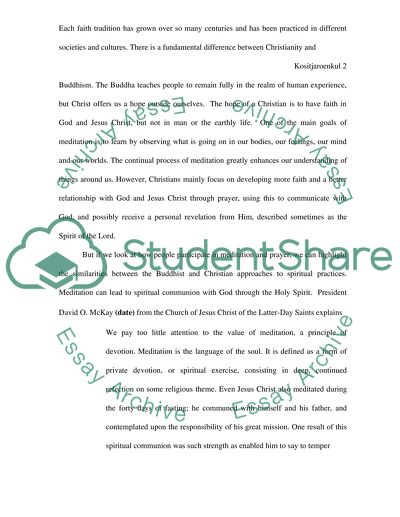Cite this document
(“Eastern Meditation Meets Christianity Essay Example | Topics and Well Written Essays - 2250 words”, n.d.)
Eastern Meditation Meets Christianity Essay Example | Topics and Well Written Essays - 2250 words. Retrieved from https://studentshare.org/miscellaneous/1523619-eastern-meditation-meets-christianity
Eastern Meditation Meets Christianity Essay Example | Topics and Well Written Essays - 2250 words. Retrieved from https://studentshare.org/miscellaneous/1523619-eastern-meditation-meets-christianity
(Eastern Meditation Meets Christianity Essay Example | Topics and Well Written Essays - 2250 Words)
Eastern Meditation Meets Christianity Essay Example | Topics and Well Written Essays - 2250 Words. https://studentshare.org/miscellaneous/1523619-eastern-meditation-meets-christianity.
Eastern Meditation Meets Christianity Essay Example | Topics and Well Written Essays - 2250 Words. https://studentshare.org/miscellaneous/1523619-eastern-meditation-meets-christianity.
“Eastern Meditation Meets Christianity Essay Example | Topics and Well Written Essays - 2250 Words”, n.d. https://studentshare.org/miscellaneous/1523619-eastern-meditation-meets-christianity.


